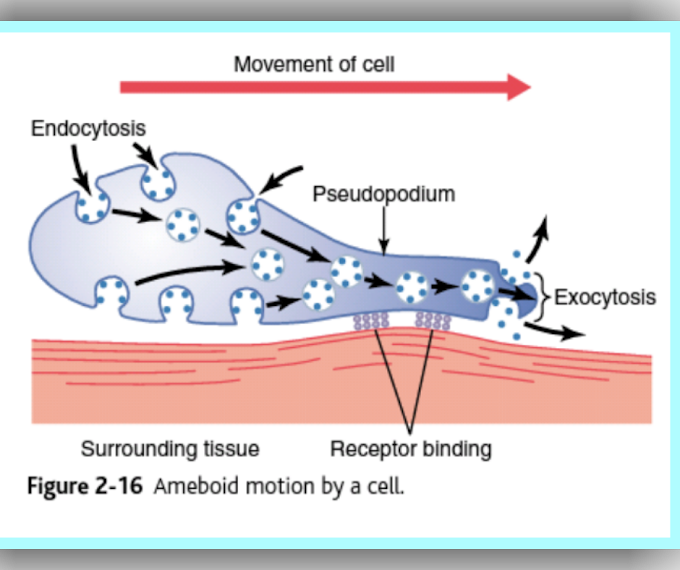Behaviors as adaptations
As biologists we are used to talking about adaptations such as the development of antibiotic resistance in bacteria, or about organs like feathers and wings as adaptations for flying, but we perhaps do not think about behaviors as adaptations as often as we should.
Imagine for example a population of squid at a time early in the evolution of inking behavior. Faced with predators our hypothetical squid might have been able to do no more than squirt a diffuse cloud of ink, which dissipated in the water relatively quickly and had limited success (but some success) as an antipredator behavior. Now imagine that a genetic mutation occurred in a single animal, which had the effect that a chemical in the ink was altered slightly in its composition so that it became gooey on contact with water. When this animal squirted, the ink formed a rudimentary pseudomorph rather than a cloud. What would have been the effect of this alteration in antipredator behavior? Well perhaps it increased the likelihood of survival for this one animal.
If, however, the mutation was a heritable one that would be passed on to all of the young of that animal then something very important indeed might occur. As a result of its increased survival probability this animal might enjoy better reproductive success than the average squid, and because they inherited its gooey ink gene its offspring might also enjoy higher reproductive success than average. Through the course of a number of generations animals without the gene would become steadily less common whilst those with the gene would become more common, i.e. natural selection would be taking place. The animals better able to pass on their genes are being selected for, and those that suffer lower reproductive success are being selected against. The end result is the development of pseudomorph production as an adaptation to avoid predation.






0 Comments